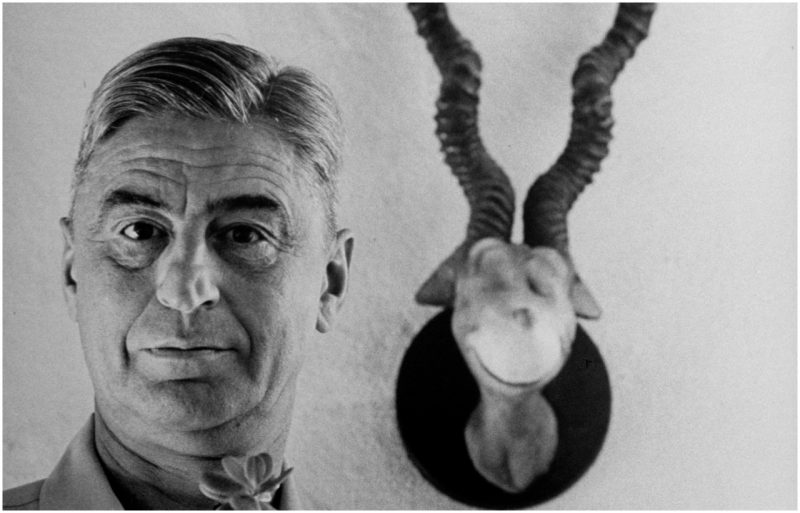The stories and art of Dr. Seuss, with their easy rhymes and brightly illustrated creatures, are a ubiquitous part of a Western child’s upbringing. Long before we learn how to balance budgets, we learn about the importance of saving trees thanks to the Lorax.
Before we’re trying to ease our boredom as adults with clubbing and drinks, the Cat in the Hat taught us we can make our own (messy) fun. There was another side to Dr. Seuss beyond that of beloved children’s author, however.
Born Theodor Geisel, or “Ted” as his friends called him, he grew up with his family near the Springfield, Massachusetts zoo, which his father was in charge of.
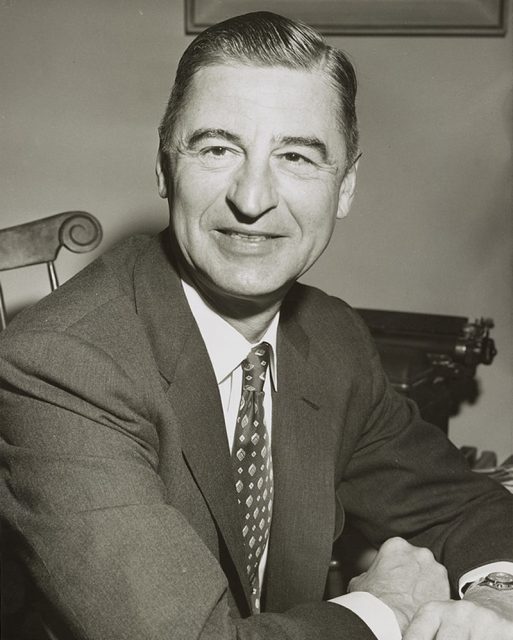
Young Ted delighted in the animals found there and undoubtedly this would influence his later works. Years later, when Ted was pursuing his love of the arts, his father would send bits of beaks, feathers, and bones to inspire him.
Ted tucked these animal bits into boxes under his bed and, when inspiration struck, would use them to craft Seussian animals in a whimsical blend of taxidermy and fantasy.
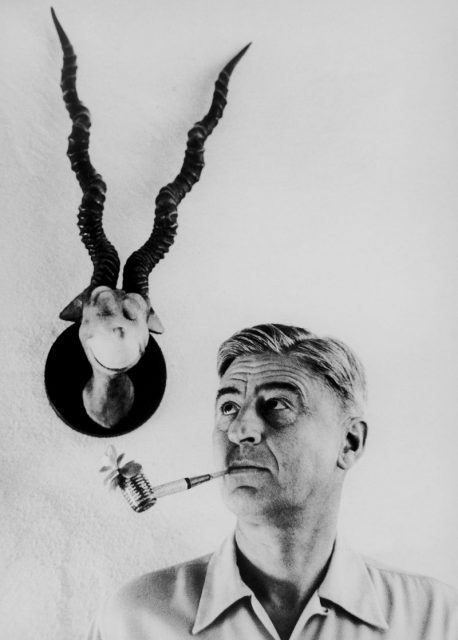
Many of the creatures are recognizable as being similar to characters in his books, such as the Flaming Herring and the Turtle-Necked Sea-Turtle. A few pieces have very recognizable animal parts incorporated into them, such as The Andoluvian with its toucan beak.
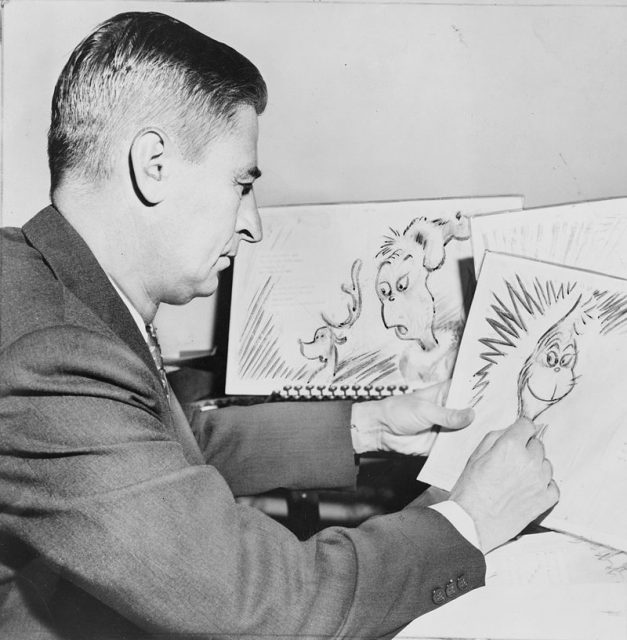
All 17 of the art pieces, created between 1934 and 1936, date back to before his first book was published, and while it is unlikely he ever intended to sell his taxidermy, he did use them once to promote a book in New York.
Most of the pieces were created to help Ted with his work as an advertising artist, such as the Powerless Puffer and the Carbonic Walrus for use in the ad campaigns of Esso Marine.
Largely, these works were kept private for his personal pleasure, adorning his home more often than they did art galleries or exhibits. Ted Geisel loved art in all its forms, and in the comfort of his own home he experimented, not only in taxidermy but in art styles ranging from Cubism to line sketches. Always, though, there were animals.
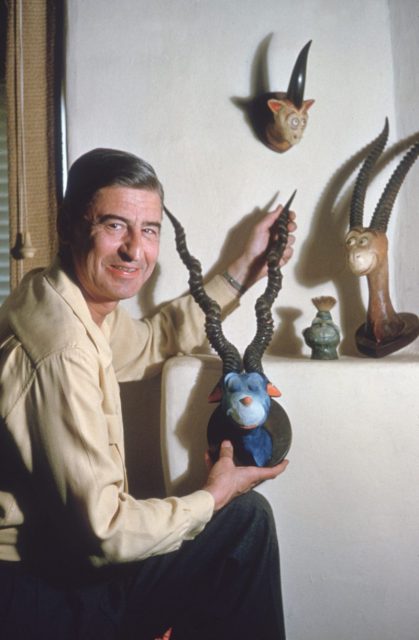
His sister Marnie was quoted in The Springfield Union as saying “They have a charming apartment on Park Avenue, New York, but it is so filled with his animals that I am apt to have a nightmare whenever I visit them.”
While some of the animals, such as the Sludge Tarpon, are unsettling in their cheerful menace, others, notably the Anthony Drexel Goldfarb, would not look out of place in a child’s bedroom.
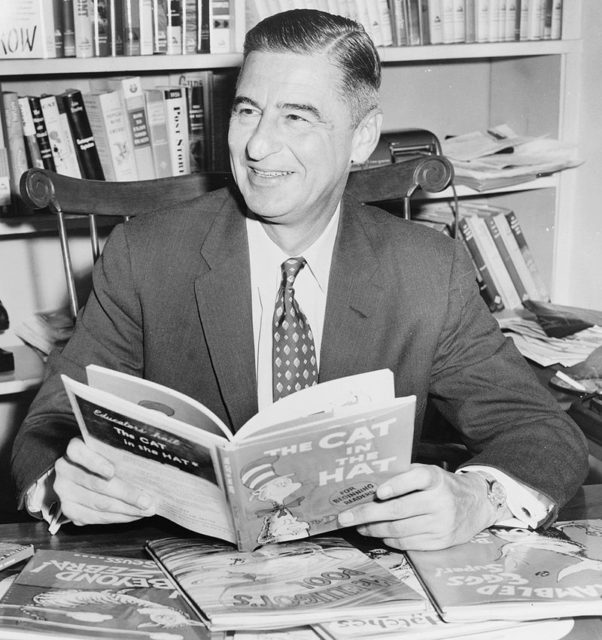
Many years after his passing, his second wife, Audrey Geisel, helped to launch the collection The Art of Dr. Seuss, featuring many of these fantastical taxidermy creations, as well as limited edition prints and replicas of some of his work.
Mysterious Books That Can’t Be Explained
His widow penned an introduction to the collection, writing “I remember telling Ted that there would come a day when many of his paintings would be seen and he would thus share with his fans another facet of himself – his private self. That day has come. I am glad.”
The artwork proved to be so popular that, while many of the originals are located either with the estate or private collectors, licensed replicas of the taxidermy and prints have been made available for purchase and continue to sell to this day, most often from either licensed art dealers or during one of the many traveling exhibits of the collection.
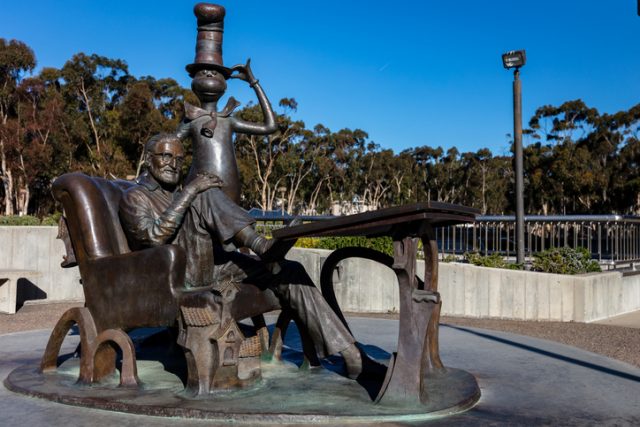
These can range in price from a few hundred to a few thousand dollars and come with various certificates and engravings attesting to their official licensure from the estate of Dr. Seuss.
Whether the art is a simple children’s rhyme or an impressive feat of taxidermy, the works of Dr. Seuss are hailed as expressive, visually arresting, and imaginative, and are likely to be popular with the public for many years to come.
Ian Harvey is a freelance writer and journalist and has contributed to various magazines and news websites.
